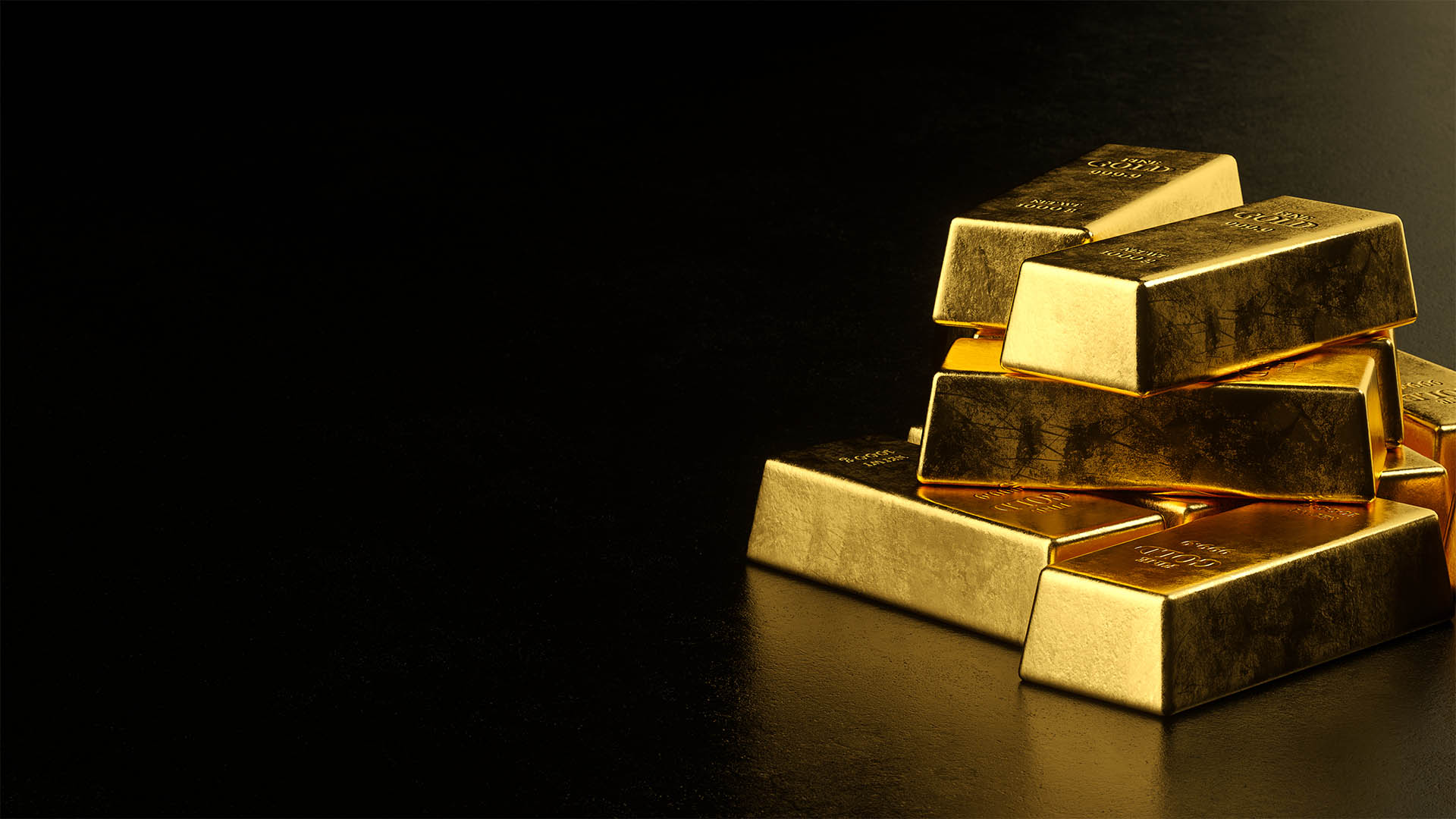On the face of it, this week’s announcement from Regis Resources (ASX:RRL) that it is cranking up its long-talked-about McPhillamys gold project in central western New South Wales (around Orange and Blaney) should be bullish.
The region is boom-like anyway with Fortescue Metals (ASX:FMG) buying in to the interesting prospects held by Magmatic Resources (ASX:MAG), Alkane (ASX:ALK) about to upgrade its massive copper (with more and more gold) Kaiser and Boda prospects nearby, Evolution Mining (ASX:EVN) taking control of the Northparkes mine to go with its Cowal operation, and everyone waiting to see what Newmont (ASX:NEM) does with the Cadia operation of Newcrest (and the biggest mine in the district).
All these mines or prospects are copper gold, or cold copper, with a hint of cobalt and molybdenum. Alkane operates the only producing gold mine at Tomingley, which is expanding based on new discoveries around the original mining area.
Now Regis is looking at updating and completing a definitive feasibility study (DFS) for McPhillamys by the end of June. Regis indicated this week that while the earlier estimate was not out of date (from 2017), the market cost estimates of $550 to $650 million were also on the low side, with a new estimate for total costs around the $1 billion mark, including pre-production costs.
The all-in sustaining cost estimate (AISC and the key measure of gold mining costs per ounce) was put at $1,600 to $1,800 an ounce.
That’s based on processing around 7.9 million tonnes of ore a year, based on a resource of 69 million tonnes at 1 gram of gold to the tonne. The first six years will see more than 36 million tonnes of waste and ore removed each year from the open pit, which will be an enormous amount of material handling.
It is already one of Australia’s largest undeveloped open-pit gold projects, with the promise of producing around 200,000 ounces of gold a year.
With US dollar gold prices around US$2,300 an ounce and Australian dollar prices close to A$3,500 an ounce, it is understandable that there is a renewed enthusiasm to be associated with a metal back in the spotlight.
In an update of the DFS, Regis this week revealed that the the total construction cost of the project is now estimated to be around $845 to $900 million, with pre-production costs equalling about $115 to $155 million.
About $210 to $220 million is expected to go towards McPhillamys bulk earthworks, tailings storage facility and surface water management, $370 to $400 million for the process plant, and $160 to $165 million will be allocated to the pipeline.
The remaining $105 to $115 million will go towards the project’s indirect costs and contingency.
That is significantly more than the $215 million estimate in a preliminary feasibility study made in 2017 (and so old as to be useless except as a baseline). Inflated mining and development costs have swept across the mining sector at all levels, as well as labour availability for both development work and continuing operations.
“The general cost inflation seen globally for construction and permitting required scope increases have clearly escalated costs for McPhillamys,” Regis Resources CEO Jim Beyer said in Wednesday’s statement.
“We are taking the necessary time to reduce, as far as we can, the capital required to bring McPhillamys into production through value engineering optimisation.
“McPhillamys is a key part of Regis’ future growth and remains an attractive gold project that, at current gold prices and under our current all-in sustaining cost assumptions, delivers strong margins with clear upside potential via this rising gold price environment and with mine-life extension opportunities that go well beyond the current plans,” he added.
With a market cap of $1.17 billion, developing McPhillamys will be an enormous bite for Regis — company defining in fact.














